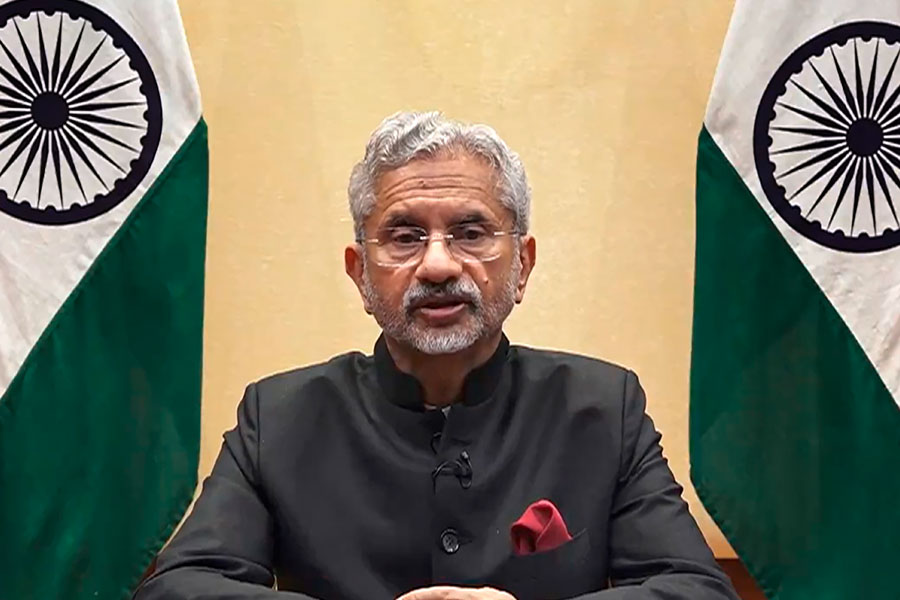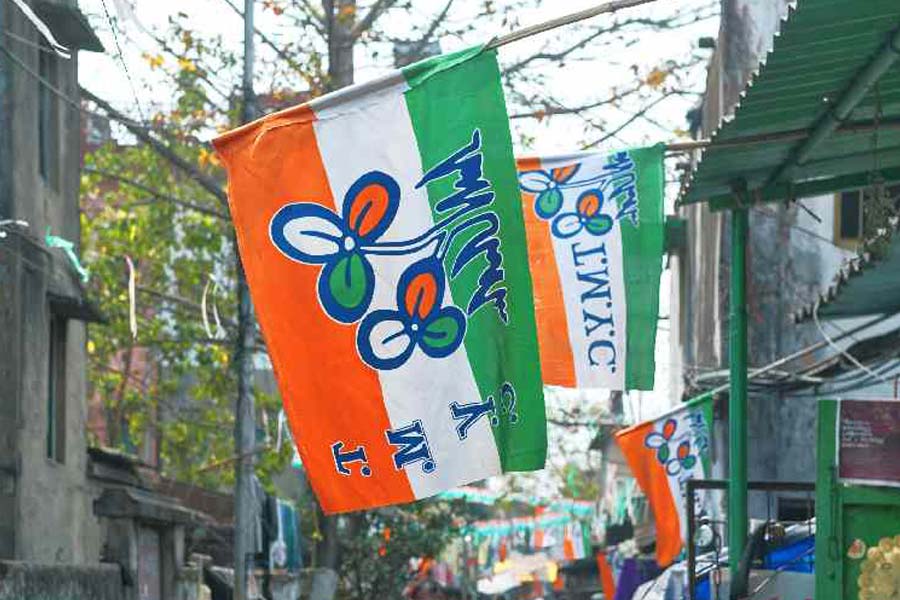New Delhi, Oct. 31: The Centre plans to track every student enrolled in every private or government school in the country by their Aadhaar numbers to keep tabs on dropout rates.
Those among the 26 crore students who do not have Aadhaar cards will be given a unique 18-digit number by which they will be tracked till they get their Aadhaar numbers.
The idea behind the ID-based tracking system is to log the individual data of every student enrolled in Classes I-XII in the 15 lakh schools in the country so that policy makers would be able to pinpoint a specific student dropping out of a specific school, officials said.
Accordingly, the HRD ministry has asked all states to direct all schools to submit individual data of each student: name, parents' name, caste, Aadhaar number, religion, bank account details and date of birth.
The data will be maintained by the National University for Education Planning and Administration (NUEPA), a government think tank, under the scheme called the Unified District Information System of Education (U-DISE).
At present, the think tank maintains only the annual class-wise and overall count of students enrolled in a particular school as well as its infrastructure details. Dropout rates are calculated based on similar data collected the following year. If a child drops out of one school and joins another, that would be reflected in the data provided by the new school.
"The unique ID number (Aadhaar) will be tracked every year. If any student has transferred to some other school, his ID number would indicate that. If he has dropped out, the ID number should be shown in the dropout box of that school," said Arun C. Mehta, the head of the Educational Management System at NUEPA.
Some states have started gathering student details since the exercise kicked off on September 30. The Union territory of Chandigarh has uploaded data for 2.5 lakh children. All states are expected to hand in their student data before the academic session starts in 2017.
After the data for the 2018 academic session is submitted, it would be possible to specifically check which student has dropped out of which school.
Under the system prevailing now, if a school says it has 200 students, the NUEPA accepts it without verification. The new format will help check any exaggeration or otherwise by any school, Mehta said.
As of now, dropout details are very general. According to the U-DISE data collected in 2014-15, about 18 per cent of students enrolled in Class I dropped out before completing Class X. The same data suggests there are 26 crore children studying in 15 lakh schools in the country.
According to the All India Survey of Higher Education, dropout rates increase sharply at the under-graduate level. Only 25 per cent students between 18 and 23 years are enrolled in higher educational institutions, the survey said.
"At present, we get overall dropout data. We do not know who dropped out and why. Once the students are tracked, the implementing agencies can reach out to these students and their parents and bring them back to school," Mehta said.
Civil society groups, however, appeared skeptical about the success of the exercise.
Ambarish Rai, an activist associated with the Right To Education Forum, said the 2010 RTE act had a provision to find out-of-school students and bring them back to school within three years.
"The RTE act provision was never implemented on the ground. This tracking system is a good idea. But getting dropout data of an individual child and bringing him back to school are two different things," Rai said.
He said district and block-level education officials were under-staffed and burdened with routine work like release of funds and inspection of schools. They hardly approach any parent and are unlikely to do so, he said.
Besides, many schools have few teachers and inadequate infrastructure. Nearly eight per cent of the 13 lakh government schools are managed by one teacher. Five lakh teacher posts are vacant in government schools.
"Technology will only work once you strengthen the resources of implementing agencies and schools," Rai said.
HRD ministry officials said the student data could also be used to track overall performance of schools if a proposal to gather exam details is implemented.










